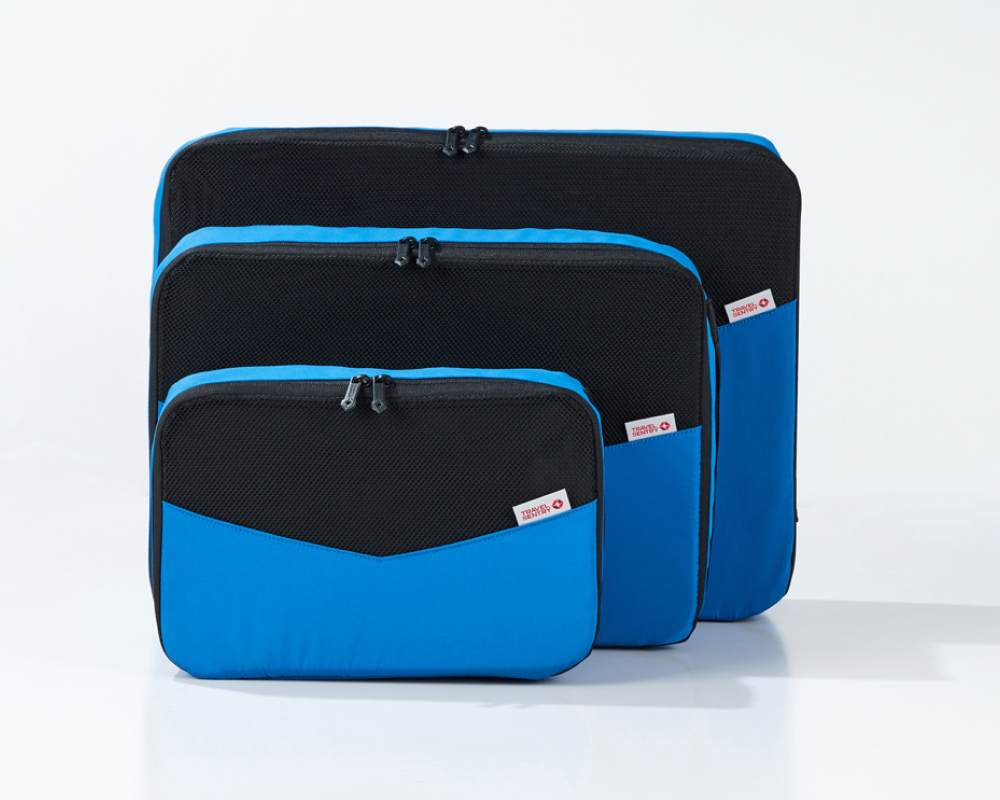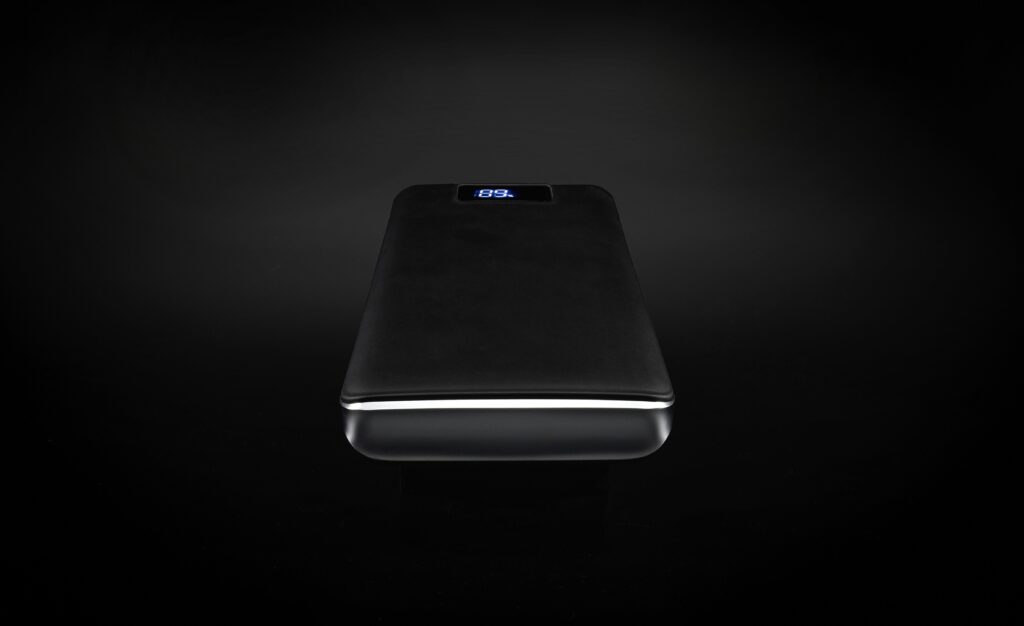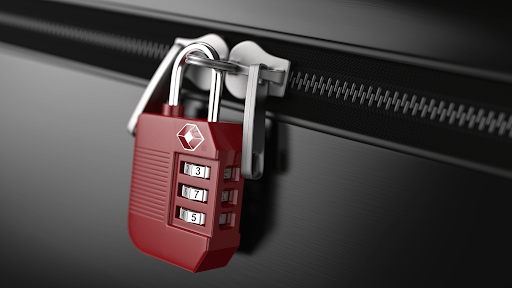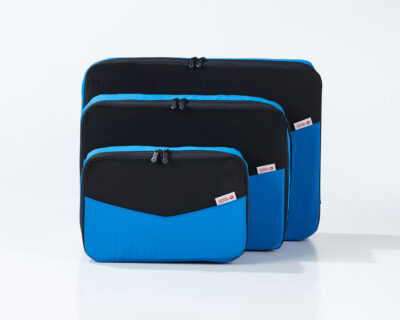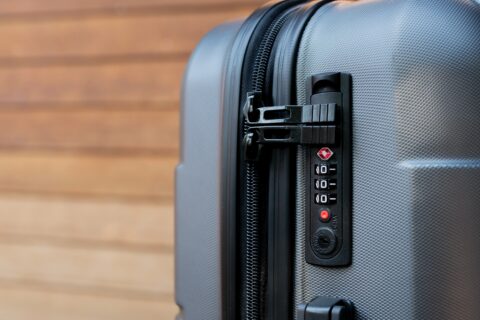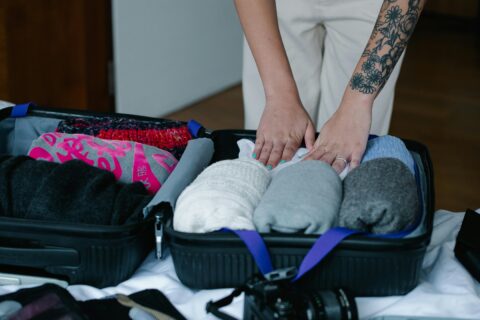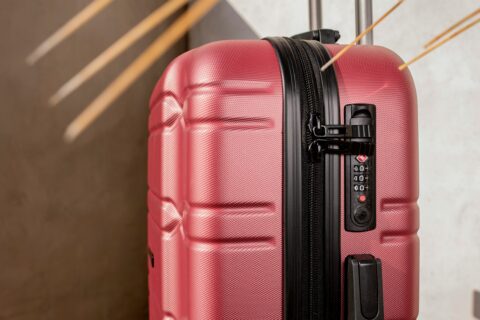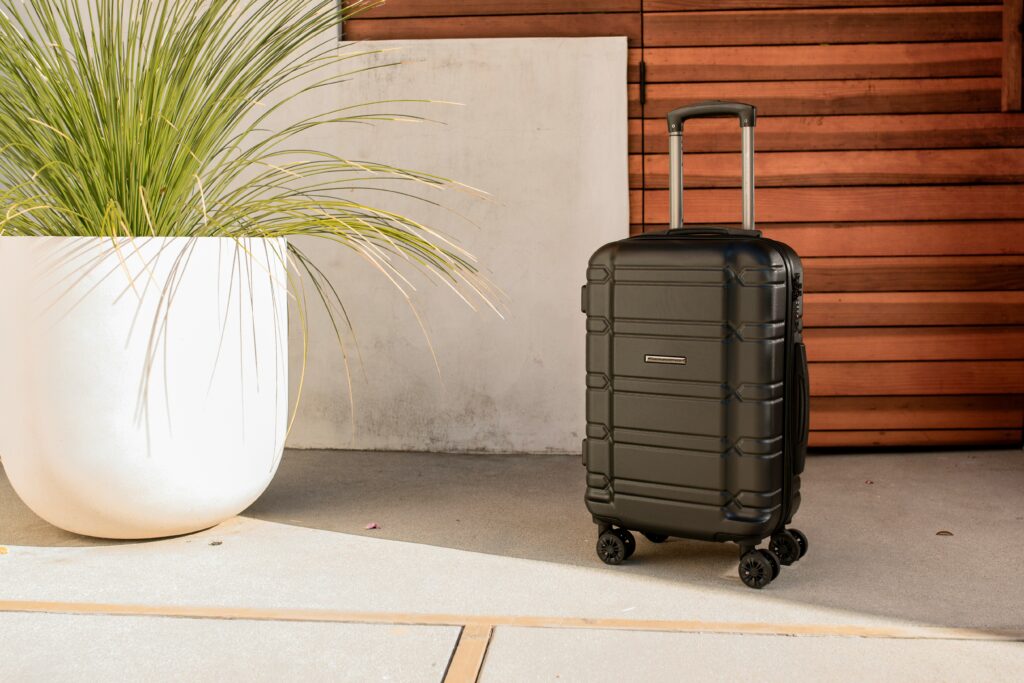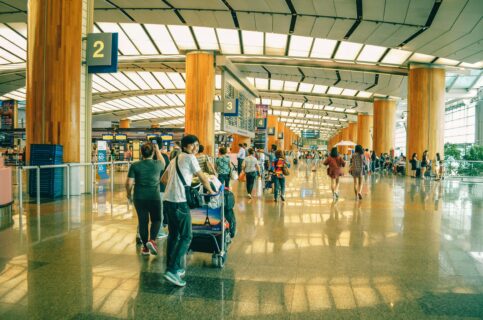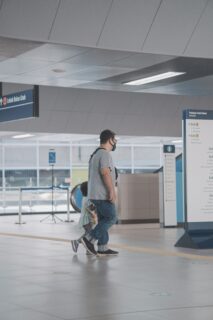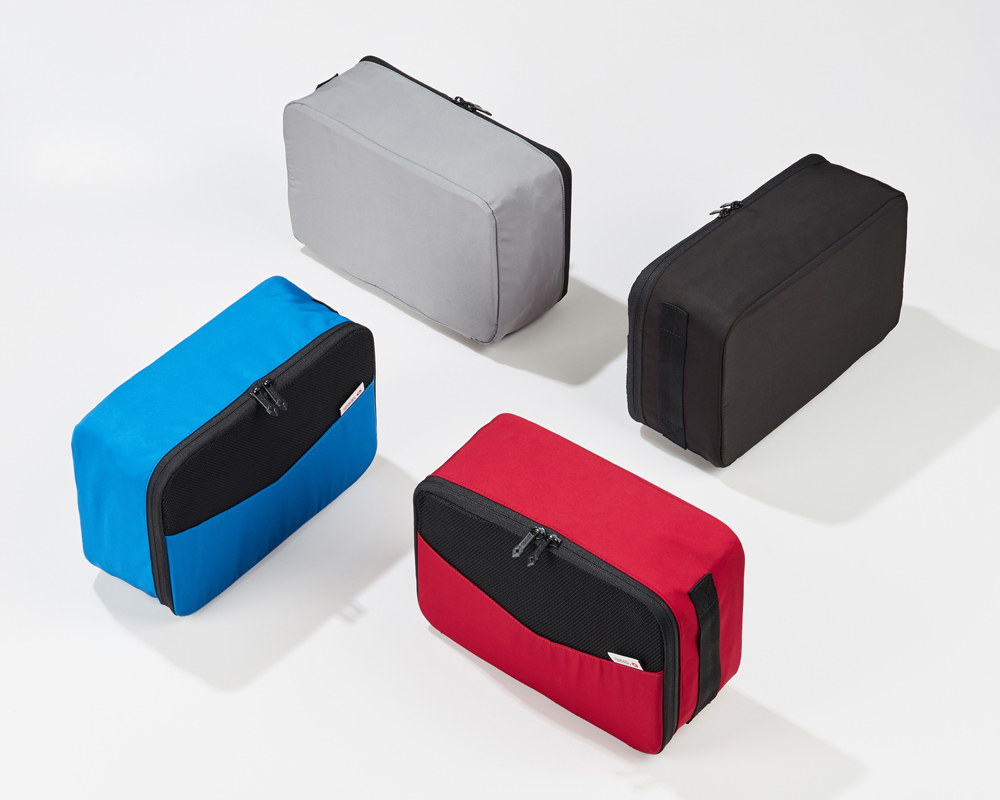Tips for Packing Light on Trips
Packing for a trip can be a daunting task, especially if you’re someone who tends to overpack. But traveling light has many benefits. Such as avoiding baggage fees, less to carry and being able to easily navigate through airports and train stations.
In this article, we’ll share some tips for packing light on trips, so you can enjoy your travels without the burden of heavy luggage.
Why Travel Light?
Before we dive into the tips, let’s first understand why traveling light is important.
Avoid Baggage Fees
One of the most obvious reasons to travel light is to avoid baggage fees. Many airlines charge for checked baggage, and the fees can add up quickly if you’re not careful. By packing light, you can save money and use it for other travel expenses.
View all airline baggage fees in this handy guide.
Less to Carry Around
Traveling with heavy luggage can be exhausting, especially if you have to navigate through crowded airports or train stations. By packing light, you’ll have less to carry around, making your travels more comfortable and enjoyable.
Easier to Navigate
Traveling light also makes it easier to navigate through airports and train stations. You won’t have to worry about dragging heavy luggage up and down stairs or squeezing through tight spaces. This can save you time and energy, allowing you to focus on enjoying your trip.
Tips for Packing Light
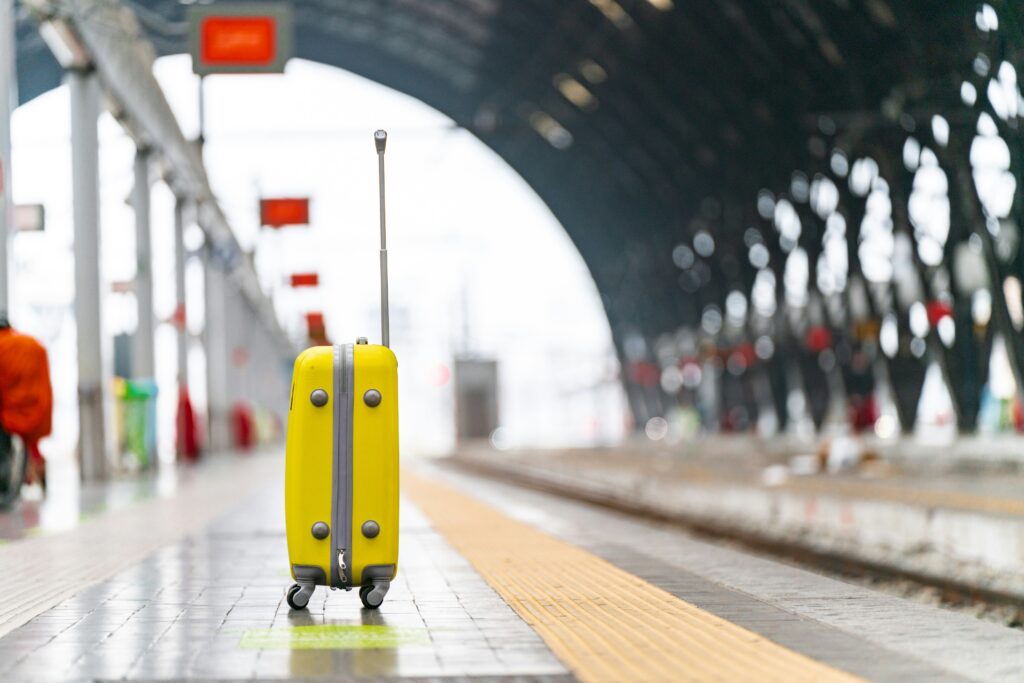
Now that we understand the benefits of traveling light, let’s explore some tips for packing light on trips.
Plan Ahead
The key to packing light is to plan ahead. Start by making a list of all the items you’ll need for your trip. This will help you avoid packing unnecessary items and ensure that you have everything you need.
Choose the Right Luggage
When it comes to packing light, choosing the right luggage is crucial. Opt for a lightweight suitcase or backpack that is durable and has enough space for your essentials. Avoid oversized suitcases or bags, as they can tempt you to pack more than you need.
Pack Versatile Clothing
When it comes to clothing, pack mix and matchable items to create different outfits. This will help you pack fewer items while still having enough options for different occasions. Stick to neutral colors and avoid bulky items like sweaters or jackets if possible.
Use Packing Cubes
Packing cubes are a game-changer when it comes to traveling light. These small, lightweight bags help you organize your belongings and compress them, allowing you to fit more items in your luggage. They also make it easier to find what you need without having to unpack everything.
Roll Your Clothes
Instead of folding your clothes, roll them. This not only saves space but also helps prevent wrinkles. You can also use this technique to pack smaller items, such as socks and underwear, inside your shoes.
Pack Travel-Sized Toiletries
Toiletries can take up a lot of space in your luggage, so opt for travel-sized versions of your essentials. You can also purchase toiletries at your destination if you’re staying at a hotel or Airbnb.
Wear Your Bulkiest Items
If you’re traveling with bulky items like a winter coat or boots, wear them on the plane instead of packing them. This will save space in your luggage and keep you warm during your flight.
Use Compression Bags
Compression bags are another great tool for packing light. These bags allow you to compress your clothes and remove excess air, making them more compact and saving space in your luggage.
Pack Only the Essentials
When it comes to packing light, less is more. Stick to the essentials and avoid packing items that you can easily purchase at your destination. This includes items like toiletries, snacks, and even clothing.
Leave Room for Souvenirs
One of the best parts of traveling is bringing back souvenirs to remember your trip. Leave some space in your luggage for souvenirs. Or consider purchasing a small foldable bag to use as an extra carry-on for your return trip.
Lightweight Luggage Options

If you’re in the market for new luggage, here are some lightweight options to consider:
Carry-On Suitcases
Carry-on suitcases are a popular choice for travelers who want to pack light. Look for suitcases made from lightweight materials like polycarbonate or fabric. View some of the brands that partner with Travel Sentry in our TSA locks page.
View Travel and Leisure’s guide to lightweight luggage.
Backpacks
Backpacks are another great option for traveling light. Look for backpacks with multiple compartments and padded straps for comfort.
Duffel Bags
Duffel bags are a lightweight and versatile option for travelers. Look for duffel bags with multiple compartments and durable materials like nylon or canvas.
Lightweight Safety
Although safety is not at the front of your mind when travelling light, it is still important. Ensure you use a light weight but secure TSA accepted lock. This will not only keep your luggage safe, but also allow for easier travel.
Final Thoughts
Traveling light may seem challenging, but with the right planning and tools, it is achievable. By following these tips and choosing the right luggage, you can enjoy your travels without the burden of heavy luggage. So pack smart, and happy travels!




